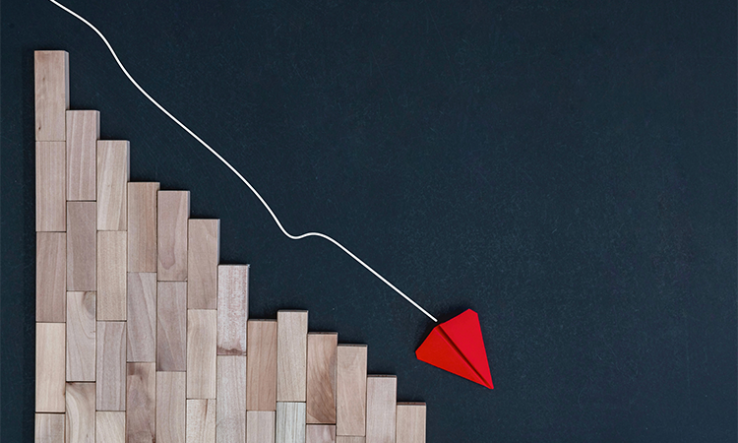
Decline is “seriously jeopardising our ability to advance as a nation”, universities say
Universities and scientists have expressed dismay at the latest figures on Australian R&D spending.
Australian Bureau of Statistics figures released on 25 August show that national spending on R&D dropped to 1.68 per cent of GDP in 2021-22, a decrease of 0.12 percentage points on 2019-20.
Australian Academy of Science president Chennupati Jagadish said the figures showed that a 14-year downward trend was continuing.
He linked the figures to last week’s 2023 Intergenerational Report from the Treasury, saying that Australia’s capacity to respond to the challenges outlined in the report was being diminished by the research spending slide.
“Australia urgently needs to develop a 10-year plan to boost government, higher education and business investment in R&D,” he said.
“If investment in R&D continues to decline by 0.1 per cent of GDP per year, in five years’ time Australia will be among the lowest of OECD countries.” The OECD average is 2.71 per cent.
Falling government spending
Universities Australia chief executive Catriona Jackson said the decline in spending was “seriously jeopardising our ability to advance as a nation”.
She said that “a key driver of this is falling government spending on R&D, which has slumped to its lowest-ever share of GDP at 0.49 per cent in 2022-23”.
Jackson has repeatedly called on the Labor government to work towards its policy commitment of 3 per cent of GDP being spent on R&D.
Of the A$38.75 billion spent in 2021-22, A$20.6bn came from businesses, A$3.7bn came from government, $13bn was spent in the higher education sector and A$1.45bn came from private not-for-profit organisations.
Business R&D spending rose by 14 per cent in dollar terms on 2019-20, keeping pace with inflation. Business spending on overseas-based research fell sharply, down 14 per cent to A$1.7bn. The state of South Australia also suffered a drop in business spending, down 7 per cent to A$665 million.